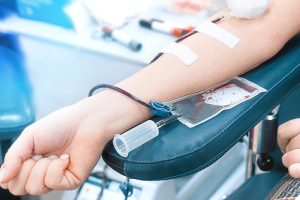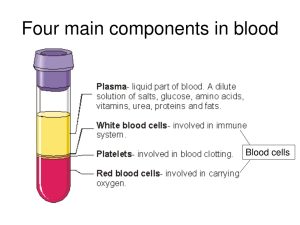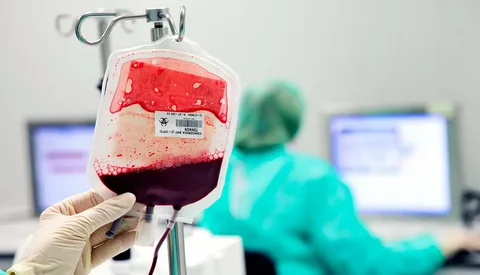Introduction Blood transfusion, a routine medical procedure, involves the infusion of donated blood through a vein in the arm. This critical intervention serves to replenish lost blood due to surgery, injury, or disruptions in the body’s blood production. Significance of Blood Transfusions People undergo blood transfusions for various reasons, such as surgery, injury, diseases, and
Introduction
Blood transfusion, a routine medical procedure, involves the infusion of donated blood through a vein in the arm. This critical intervention serves to replenish lost blood due to surgery, injury, or disruptions in the body’s blood production.

Image by: yendex.com
Significance of Blood Transfusions
People undergo blood transfusions for various reasons, such as surgery, injury, diseases, and bleeding disorders. The components of blood, including red cells, white cells, plasma, and platelets, each play a unique role. Red blood cells, in particular, are frequently transfused to address various medical conditions.
The Diversity of Blood Components
Understanding the diverse components of blood is integral to appreciating the intricacies of transfusions:
- Red Cells: Carry oxygen and assist in waste product removal.
- White Cells: Aid the body in fighting infections.
- Plasma: The liquid part of blood.
- Platelets: Facilitate proper blood clotting.

Image by: yendex.com
Products & Services
Sign up for Email: Get Your Free Resource – Coping with Cancer
Navigating Risks in Blood Transfusions
While blood transfusions are generally safe, they are not without risks. Mild reactions, such as allergies and fever, are more common, while severe complications are rare. Rigorous screening and testing of donated blood by blood banks significantly reduce the risk of transfusion-related infections.
Common Risks Include:
- Allergic reactions
- Fever
Rare but Serious Reactions:
- Acute Immune Hemolytic Reaction: The immune system attacks transfused red blood cells, releasing substances harmful to the kidneys.
- Delayed Hemolytic Reaction: Similar to acute reactions but occurring more slowly, with a gradual decrease in red blood cell levels over one to four weeks.
- Graft-Versus-Host Disease: White blood cells from the transfused blood attack the recipient’s bone marrow, posing a higher risk for those with weakened immune systems.
Preparing for a Blood Transfusion
Prior to a transfusion, blood typing and compatibility testing are conducted to ensure the donated blood aligns with the recipient’s blood type. Individuals should communicate any previous adverse reactions to their healthcare providers.

Image by: yendex.com
The Transfusion Process
Blood transfusions typically take place in hospitals, outpatient clinics, or doctor’s offices, lasting one to four hours. An intravenous (IV) line delivers the stored donated blood, with continuous monitoring of vital signs. During the procedure, patients are advised to notify healthcare providers of any unusual symptoms.
Inform the Nurse if You Experience:
- Fever
- Shortness of breath
- Chills
- Unusual itching
- Chest or back pain
- A sense of uneasiness

Image by: yendex.com
Post-Transfusion Care
Following the procedure, the needle and IV line are removed. While bruising around the needle site may occur, it generally resolves within a few days. Individuals are encouraged to contact their healthcare providers if they experience shortness of breath or chest/back pain in the days immediately following a blood transfusion.
Assessing Results and Further Steps
Post-transfusion, additional blood testing may be necessary to evaluate the body’s response to donor blood and monitor blood counts. Some medical conditions may require multiple blood transfusions, emphasizing the ongoing importance of this medical intervention.
In the pursuit of medical advancements, researchers are diligently working on developing artificial blood. However, as of now, no suitable replacement for human blood has been realized. Staying informed about blood transfusions is crucial, given their potential impact on individual health.























Leave a Comment
Your email address will not be published. Required fields are marked with *